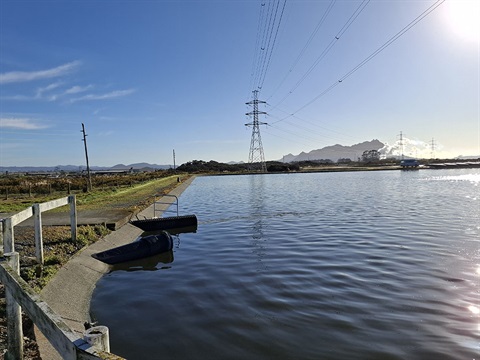Ruakākā Wastewater Treatment Plant preliminary design work underway
Published on 29 April 2025

A gap-analysis exercise (an exercise to understand the gaps in project knowledge that may affect the design) on plans for the expansion of the Ruakākā Wastewater Treatment Plant is complete.
This allows the project to move to the next phase of preliminary design – investigation and assessment.
The option to discharge treated wastewater via a pipeline that will go 3km out into Bream Bay was consented in 2012.
The consent also encouraged us to explore alternative discharge options to ensure we implement the very best and most cost-effective option for the surrounding communities.
However, capacity constraints created by increasing growth in the area and the closing of the refinery (which was to take around 2,000m³ of the treated wastewater per day) mean that both the ocean outfall and the alternative discharge options are proceeding in parallel until we have the information needed to decide on a preferred option.
The gap analysis examined the documentation that supported the original consent and also the plant and local conditions in the areas proposed.
It identified some additional work is needed to inform the preliminary design, including hydraulic modelling, geotechnical and bathymetry information, coastal and seabed erosion assessment, wave, tide and sea current assessment, and any further wildlife permit requirements.
The analysis also recommended evaluating contractor capability and availability in New Zealand to ensure the most cost-effective and suitable solution.
“The review also identified that some additional consents might be required. We want to start engagement as early as possible to give everyone as much time as possible to get to grips with the information and provide their feedback,” says Councillor Simon Reid, Chair of the Infrastructure Committee.
While the expansion of the wastewater treatment plant and disposal system at Ruakākā will provide capacity for growth in Bream Bay, the existing system is working well and remains within consented limits at current levels of activity.
Upgrades are estimated to be operational by 2030 and are funded through the Long Term Plan 2024-34. However, we are also investigating an interim solution that will enable growth in the area before 2030.